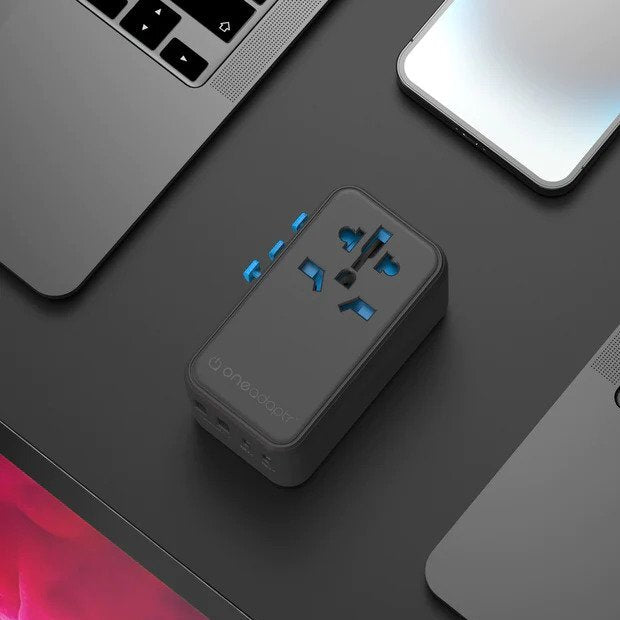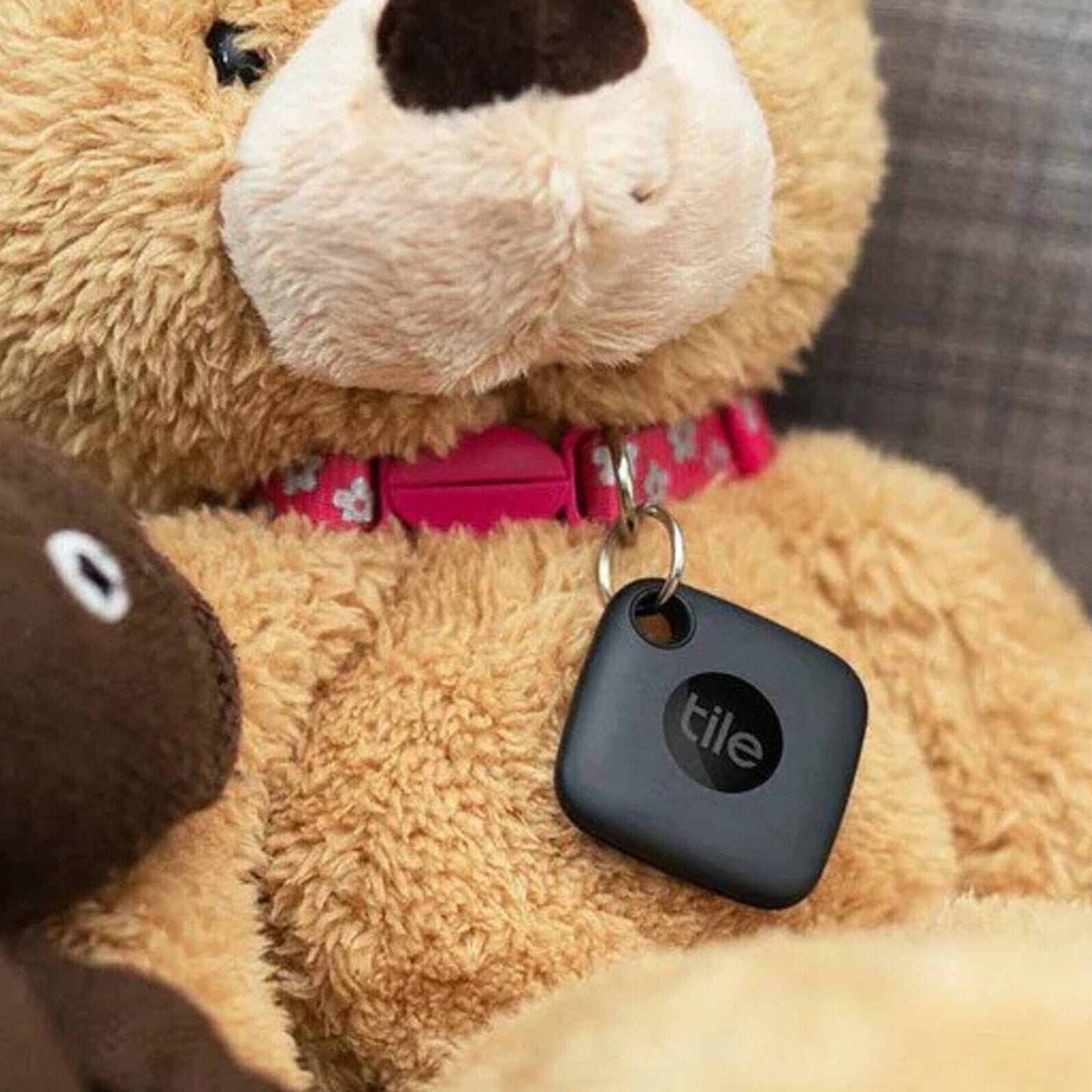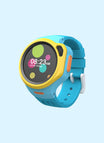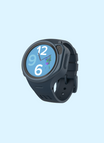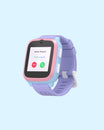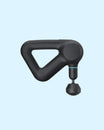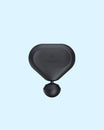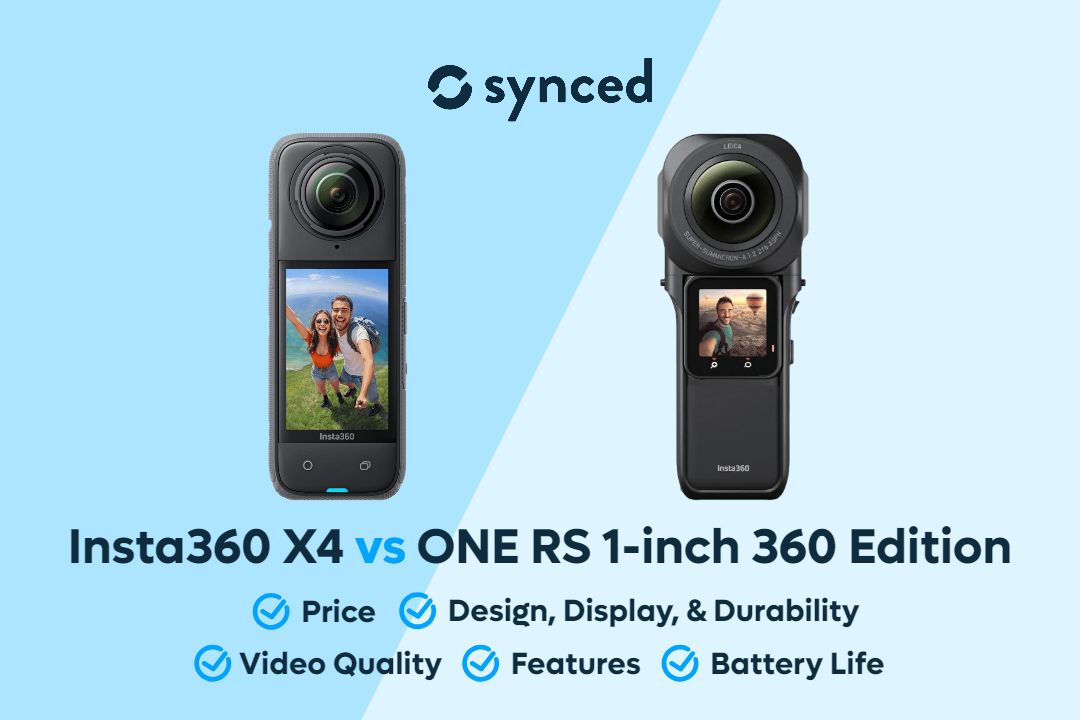Garmin Forerunner 165 vs Fitbit Charge 6: Unleashing the Power of Fitness Tracking
By Elisabeth Christ
Published March 2024

In the realm of wearable fitness technology, the Garmin Forerunner 165 and Fitbit Charge 6 emerge as standout choices for those seeking to enhance their fitness journey. The Garmin is crafted for the athlete who craves detailed workout analytics and durability, while the Fitbit offers a blend of health tracking and smart features for the well-rounded lifestyle enthusiast. Both are priced to appeal to serious users but cater to distinctly different preferences and goals. Whether you're pushing the limits of personal performance or integrating fitness more seamlessly into your daily routine, understanding the strengths of each can guide your decision. Let’s navigate through their features to find the fit for your fitness philosophy.
Key Takeaways
Garmin Forerunner 165 and Fitbit Charge 6 serve different segments of the fitness tracker market, with Garmin focusing on rigorous training support and Fitbit on everyday health and wellness. While the Garmin offers a more specialized set of features for training, the Fitbit provides a broader perspective on health, making it suitable for a wider audience. Both devices reflect their manufacturers' expertise but choose different paths to fitness tracking, emphasizing performance versus lifestyle.

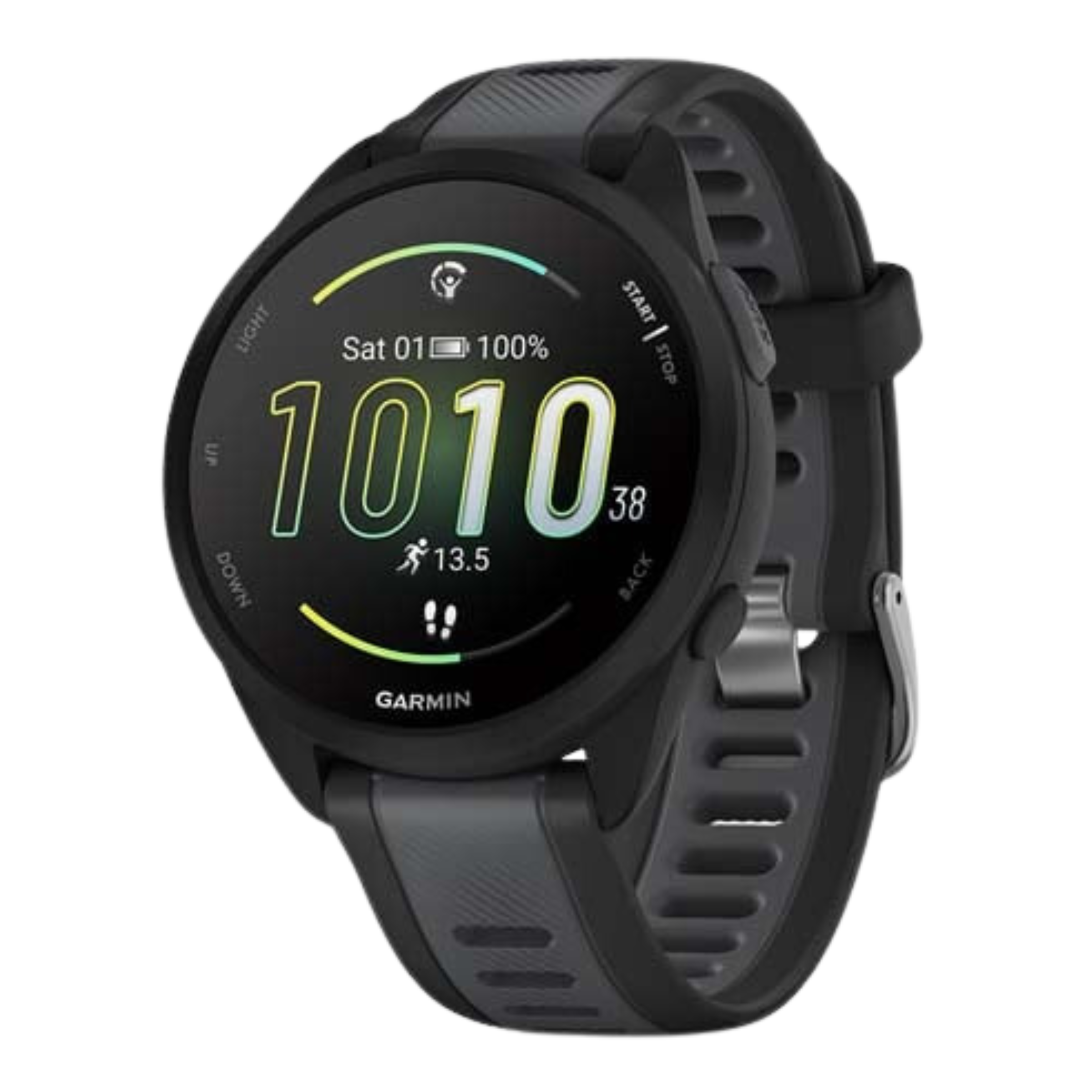
Garmin Forerunner 165
Best for Entry-Level Runners
✓ Bright and vivid AMOLED display with 390x390-pixel resolution
✓ Personal safety features
✓ Course creation and Garmin Coach to make basic training plans
✓ Up to 11 days of battery life
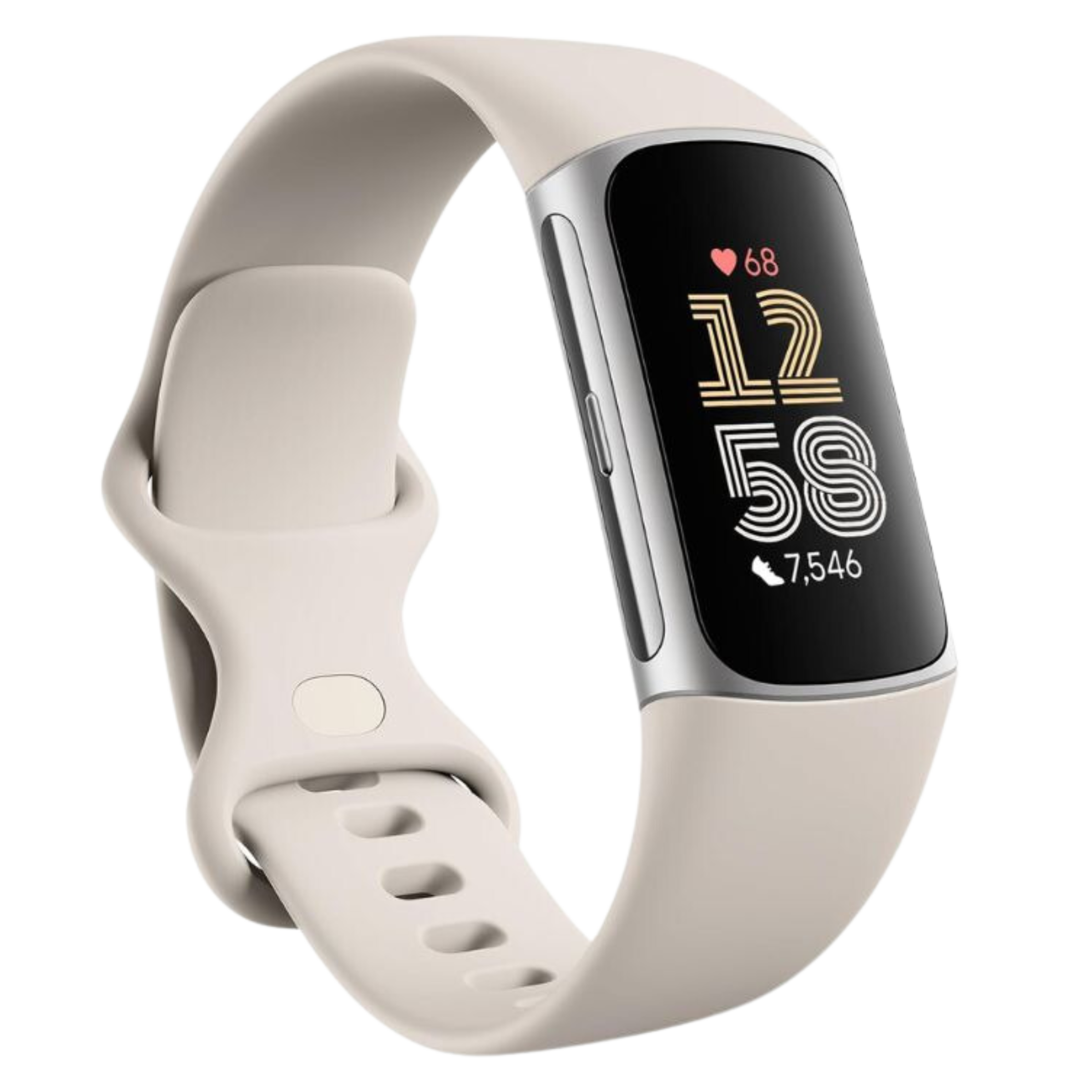
Fitbit Charge 6
Fitness Tracker with Google Essentials
✓ Built-in GPS
✓ 40+ exercise modes
✓ YouTube music controls, Google Maps, Wallet
✓ 7-day battery life
#1 Price & Design
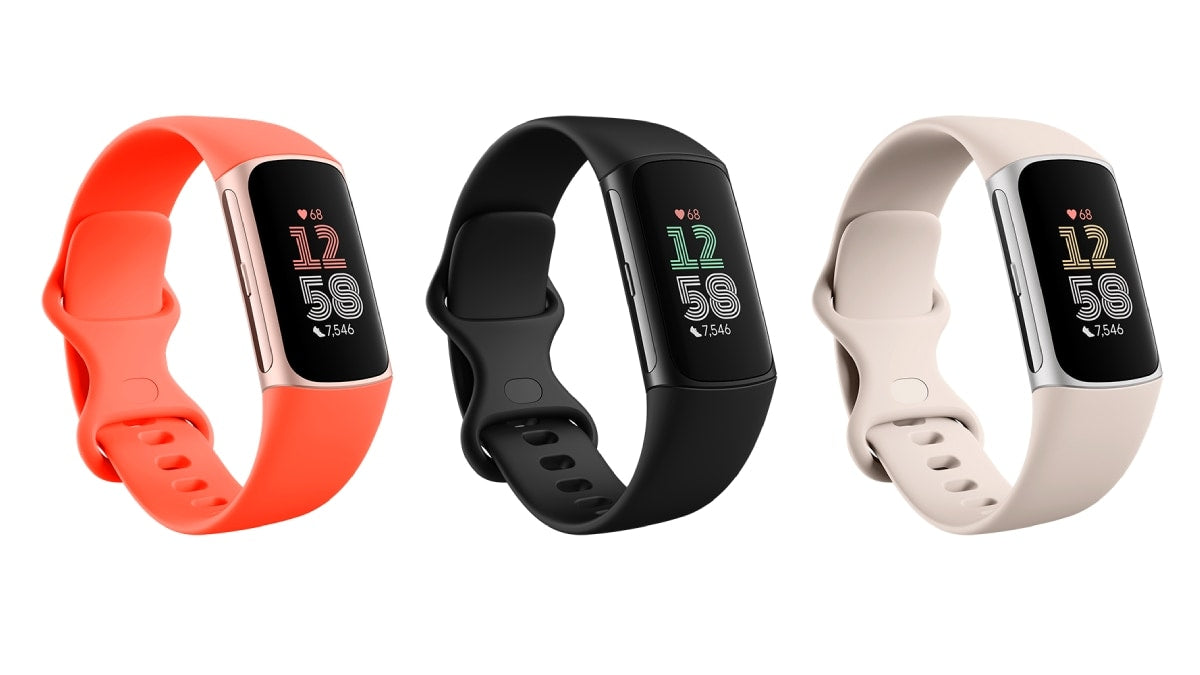
Fitbit Charge 6
Priced at $250, Garmin Forerunner 165 targets serious athletes with its robust design and functionality. It features a circular AMOLED display and is operated via five physical buttons, making it easy to use during intense workouts. The design is durable and practical, with quick-release bands that offer customization without sacrificing the device's sturdy feel.
In contrast, Fitbit Charge 6 comes in at a more accessible $160, presenting a sleeker, traditional fitness band shape that blends seamlessly into both workout and casual settings. Its aluminum body and AMOLED screen combine durability with comfort, and the inclusion of a haptic feedback side button streamlines navigation. Charge 6 is designed for those who want a fitness tracker that doesn't scream "gym gear" but rather complements a wide range of personal styles.
#2 Features & Performance

Garmin Forerunner 165
Garmin Forerunner 165 is a powerhouse for runners and athletes, with features specifically designed to enhance training and performance. Its proprietary operating system supports a range of sports apps, personal safety tools, and training recommendations tailored to your fitness level and history. The device lacks built-in map support but compensates with advanced features like VO2 max monitoring, strength workout rep counting, and extensive exercise tracking, all while keeping you connected with smart notifications.
Fitbit Charge 6, while more affordable, doesn't skimp on features, offering enhanced heart rate sensing, automatic workout detection, and a suite of health monitoring tools including sleep and stress tracking. It integrates well with Google's ecosystem, offering not just fitness tracking but also smart features like mobile payments and music storage. The Fitbit app enriches the experience, providing access to guided workouts, community features, and personalized health insights, making it a well-rounded choice for those looking to maintain a healthy lifestyle beyond the gym.
#3 Battery Life

Fitbit Charge 6
Battery life is crucial for any wearable, and here Garmin Forerunner 165 shines with up to 11 days in smartwatch mode, although intensive GPS use can reduce this significantly. This longevity is ideal for athletes and adventurers who need reliability over extended periods without constant recharging.
Fitbit Charge 6 offers up to 7 days of battery life with average use, dropping to around 5-6 days with GPS and other features running at full tilt. While not quite matching the Garmin's stamina, it's still commendable for a device that packs in so many features, making it suitable for daily wear without the worry of frequent charging.
Garmin Forerunner 165 vs Fitbit Charge 6
Final Thoughts
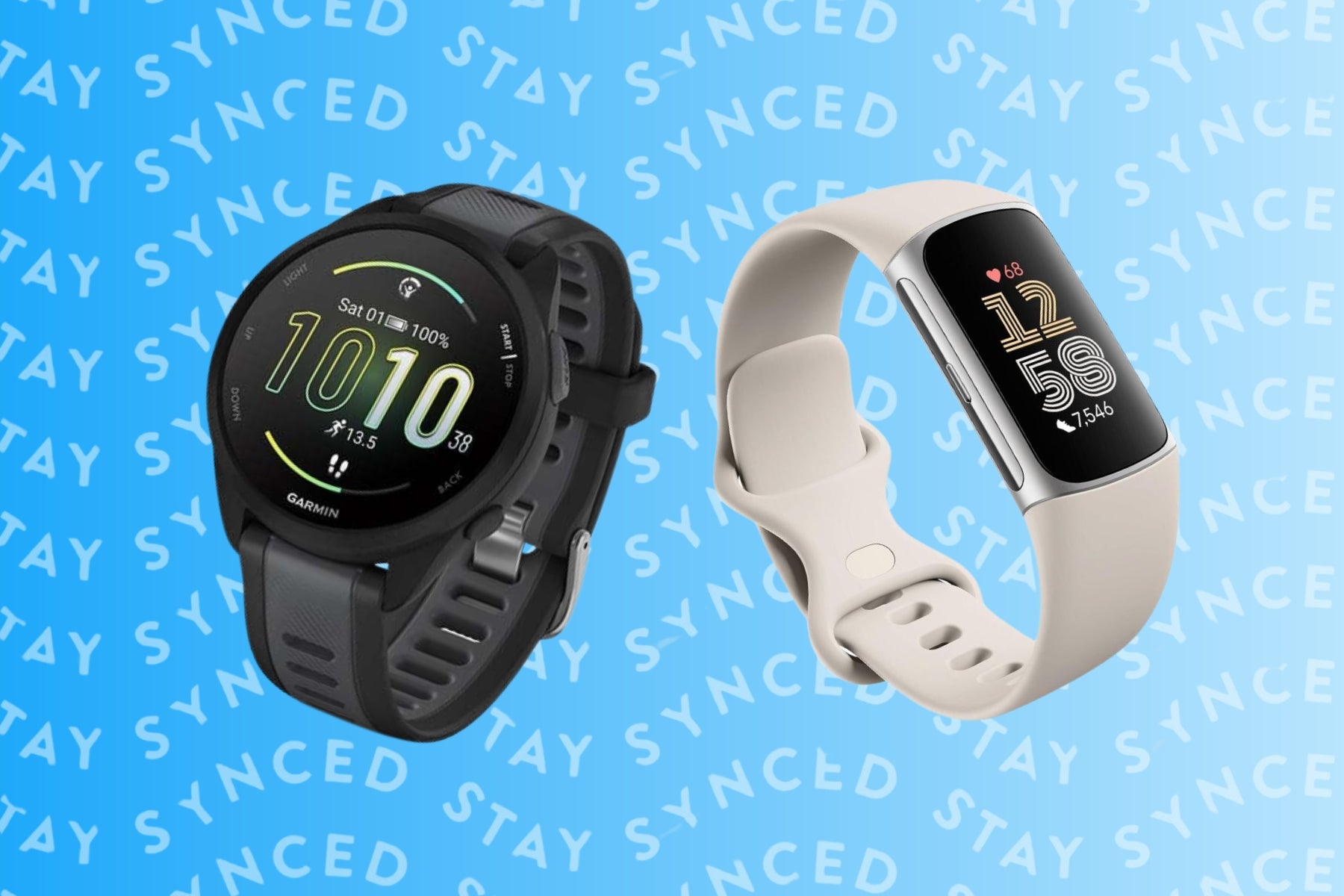
Garmin Forerunner 165 vs Fitbit Charge 6
If your training sessions are the highlight of your day and you live by the data, Garmin Forerunner 165 is likely your match. It's a device that understands the athlete's mindset, offering detailed insights and recommendations to refine your performance, complemented by a battery life that keeps up with your most demanding days. The Garmin is your coach, your record keeper, and your motivator, all wrapped up in a design that’s as serious about fitness as you are.
Conversely, if you view fitness as a part of a broader approach to health and well-being, Fitbit Charge 6 will seamlessly integrate into your lifestyle. It not only tracks your physical activity but also keeps you connected with smart features and enhances your well-being with stress, sleep, and health tracking. Fitbit is more than a fitness tracker; it’s a wellness companion that bridges the gap between activity and life, making it perfect for those who value a holistic view of their health. Whether you align with the athlete’s rigor of the Garmin or the balanced approach of Fitbit, choosing a device that resonates with your lifestyle and goals will ensure it becomes an invaluable part of your daily routine.
Don't miss out on tech
Subscribe to our newsletter to stay up to date on the latest tech trends and guides on the best gadgets around.


